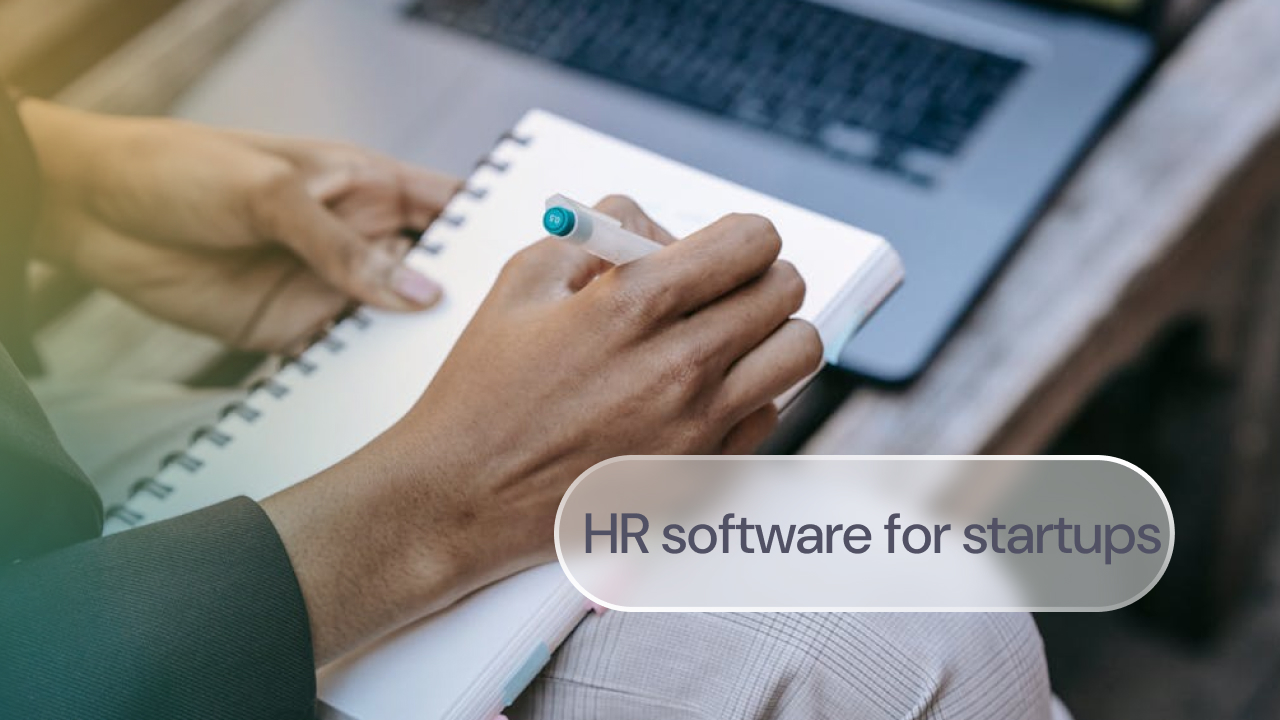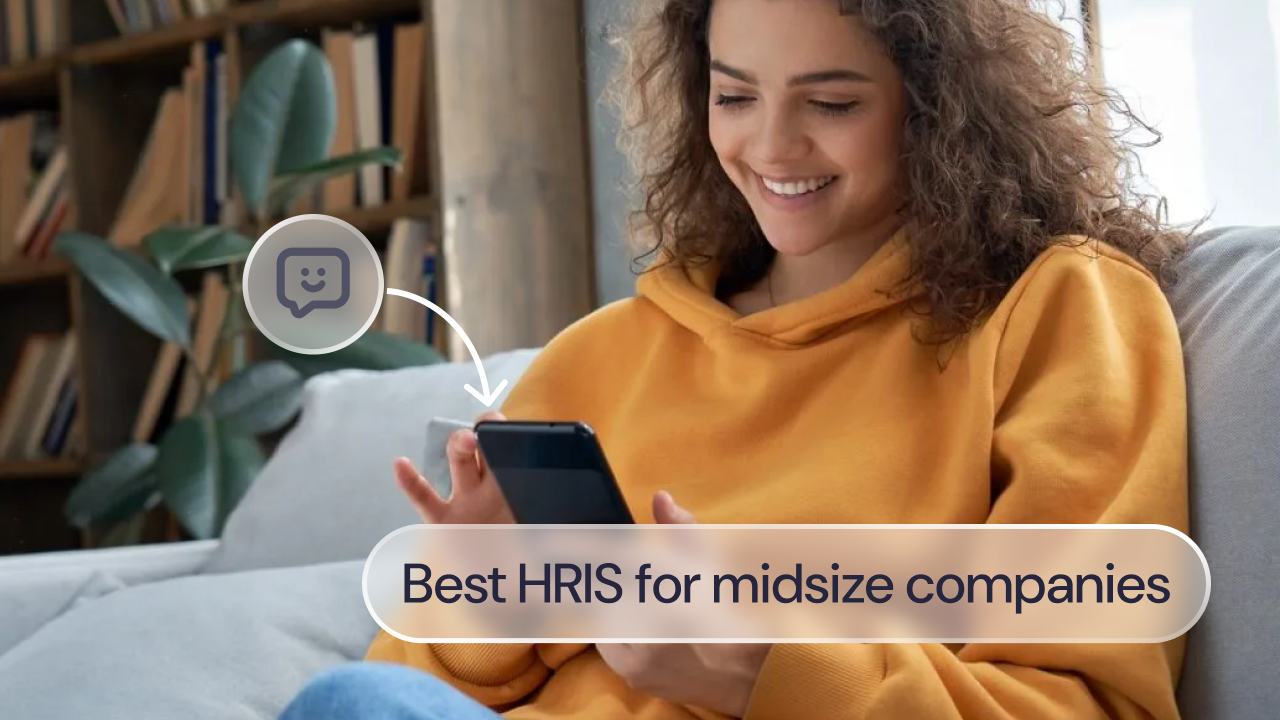In today’s competitive business landscape, fostering a culture of employee accountability is vital for organizational success. Accountability in the workplace enhances productivity and efficiency. It also establishes a sense of ownership and responsibility among employees. However, despite its significant impact, many organizations still struggle to develop accountability in their teams.
To address this issue, a growing number of businesses are now using employee accountability software to encourage employees to take ownership of their performance and responsibilities.
In this post, we will explain what employee accountability is and why it’s so important. We will also explore how you can use employee accountability software to empower your workforce and grow your business.
- What is accountability in the workplace? And why is it important?
- What is employee accountability software?
- Examples of accountability in the workplace
- How to encourage employee accountability
- How to use employee accountability software
- Fostering employee accountability with Factorial
- Time tracking tools to boost employee accountability
What is Accountability in the Workplace? And Why is it Important?
Employee accountability in the workplace is when employees take responsibility for their actions, decisions, and performance. When an employee is accountable, they take ownership of their work, fulfill their duties, meet expectations, and understand the impact of their actions on organizational goals.
Employee accountability is important because it fosters a culture of trust, reliability, and productivity within an organization. When employees are accountable, they turn up on time, meet their deadlines, and continuously strive to achieve their goals. This leads to increased efficiency, improved teamwork, and higher overall performance. Accountability also promotes a sense of responsibility and helps maintain a positive working environment where individuals can be relied upon to fulfill their duties and obligations.
Here are a few more benefits of workplace accountability:
- Strengthens the corporate culture by establishing meaningful goals and team buy-in.
- Enables teams to work at maximum capacity thanks to clear expectations and the setting of specific duties.
- Ensures ownership of tasks, eliminating confusion and saving time and resources.
- Builds trust through open communication, consistent decision-making, and transparency.
- Improves employee confidence and morale through effective performance management.
- Reduces employee tardiness and facilitates accurate employee time-tracking and remote employee time-tracking, streamlining the payroll process at the end of each pay period.
- Helps employees take ownership of their own schedules and opens the door to more flexible working arrangements such as a 9/80 work schedule.
- Empowers teams by establishing trust, enabling responsible decision-making, and nurturing leadership skills.
What is Employee Accountability Software?
In spite of all these benefits, many organizations still struggle to develop staff accountability. In fact, according to a post published by Forbes, only 14% of employees feel their performance is managed in a way that motivates them, and only 40% feel as if their manager holds them accountable for the goals they set.
One solution that many organizations are now using to improve their level of employee accountability is employee accountability software.
So, what is employee accountability software?
Employee accountability software is a digital solution designed to enhance accountability in the workplace. This type of software provides organizations with tools to track, monitor, and manage employee timekeeping and performance. It also offers a centralized system for setting goals, assigning tasks, and monitoring progress, allowing managers and team members to have clear visibility into individual and team accountability.
Employee accountability software often includes features for task management, time tracking, performance tracking, progress reporting, and communication. These tools help streamline workflows and enable transparent communication and collaboration within teams. By using this software, organizations can foster a culture of responsibility, improve productivity, enhance communication, and align individual and team performance so that everyone is working towards the same organizational goals.
Examples of Accountability in the Workplace
So, what does employee accountability look like in practice?
The best way to identify the level of accountability at your workplace is by observing the actions and behaviors of your employees.
Here are a few examples of employee accountability:
- Meeting deadlines consistently and delivering work on time.
- Taking responsibility for mistakes and actively working towards resolving them.
- Owning and completing assigned tasks without constant supervision.
- Proactively seeking solutions and taking initiative to solve problems.
- Adhering to company policies, procedures, and ethical standards.
- Accountability for personal growth and professional development.
- Communicating openly and honestly, addressing issues directly and constructively.
- Collaborating effectively with team members, and sharing knowledge and resources.
- Being reliable and dependable, honoring commitments.
- Seeking feedback and actively implementing it to improve performance.
- Taking ownership of projects and ensuring successful outcomes.
- Adapting to changes and challenges with a positive attitude.
- Demonstrating a strong work ethic and maintaining high standards of quality.
- Actively participating in team discussions and contributing ideas.
- Showing respect and professionalism towards colleagues and clients.
- Being accountable for the impact of individual actions on the overall success of the organization.
How to Encourage Employee Accountability
Most organizations could do with developing their level of employee accountability.
But where do you start?
Let’s explore a few strategies that can help you with this.
Clearly define expectations and responsibilities
Establishing transparent and specific guidelines helps employees have a clear understanding of what you expect from them. You can do this through job descriptions, performance goals, and regular communication.
Provide regular feedback and recognition
Offer constructive feedback to employees, highlighting areas of improvement and acknowledging their accomplishments. This helps employees understand how their actions impact the organization and motivates them to take ownership of their work.
Lead by example
Managers and leaders should demonstrate accountability themselves, as this sets a positive precedent for employees to follow. When leaders take responsibility for their actions, it encourages employees to do the same.
Foster open communication
Encourage employees to voice their concerns, ideas, and challenges without fear of recrimination. This creates a culture of transparency, where individuals feel comfortable taking accountability for their actions.
Empower employees
Provide employees with autonomy and decision-making authority. When employees feel trusted and empowered, they are more likely to take ownership and be accountable for their work.
Establish consequences and rewards
Clearly communicate the consequences of not meeting expectations, while also recognizing and rewarding employees who consistently demonstrate accountability. This reinforces the importance of accountability and motivates employees to take responsibility for their actions.
Use employee accountability software
Finally, employee accountability software can boost employee accountability by providing a centralized platform for timekeeping, tracking performance, setting goals, and fostering transparent communication, leading to increased responsibility and ownership.
How to use Employee Accountability Software
Using employee accountability software, particularly time-tracking solutions such as an employee time clock or timesheet software, can greatly enhance productivity and accountability in the workplace.
Here’s what you need to do to get the most from the solution you pick.
Choose the right employee accountability software
The best type of platform for fostering employee accountability is time-tracking software. Make sure you choose a time-tracking solution that aligns with your organization’s needs and goals. Consider factors such as user-friendliness, features, integration capabilities, and scalability. Ideally, the software you pick should include an employee clock-in system. That way, you can monitor the working hours of all employees, even if they work remotely.
Introduce employee accountability software to employees
Provide employees with training on how to use their electronic time clock. That way, they will consistently clock in and out every day and you will have an accurate record of their working hours. Highlight the benefits of time tracking, such as improved productivity and accurate project tracking.
Set up project and task tracking
Create project and task categories within the software. Clearly define and assign tasks to team members, ensuring that each task has a designated timeline and level of priority.
Track time consistently
Encourage employees to track their time consistently and accurately. Remind them to log their hours spent on each task, including breaks and non-project activities. Also, don’t forget to emphasize the importance of capturing time data for payroll, accurate project estimations, and resource allocation.
Monitor progress and review reports
Regularly review your time-tracking reports. Analyze individual and team progress, identify bottlenecks or underperformers, and keep track of deadline achievements. Use this data to address any issues, provide support where necessary, and celebrate achievements.
Communicate and provide feedback
Provide consistent feedback so that employees understand whether or not they are meeting your expectations. Performance reviews can be a great opportunity for this. Encourage employees to ask questions and seek guidance and support when they need it. Above all, regularly reinforce the importance of accountability and how time tracking contributes to organizational success.
Integrate employee accountability software with your other tools
Integrate your time-tracking software with other relevant tools such as project management software, scheduling tools, performance management platforms, calendars, or collaboration platforms. This helps you centralize all your data so that it’s easier to keep track of employee progress and development.
Fostering Employee Accountability with Factorial
Factorial’s HRIS is a great solution for developing employee accountability in the workplace thanks to its extensive range of tools and features.
Firstly, Factorial’s time card app with facial clocking technology enables easy tracking of employee hours and attendance, promoting transparency and punctuality. This time card app allows employees to log their work hours accurately, helping you maintain an accurate record of their attendance. As a result, employees become more accountable for the time they spend on work-related activities. You can also generate reports on employee working hours through the platform. That way, you can easily monitor attendance and identify any patterns of tardiness or absenteeism.
The benefits don’t stop there, though.
For instance, Factorial’s scheduling features streamline workforce management, allowing your managers to efficiently create and coordinate tasks and schedules. This helps employees plan their work effectively and meet their deadlines, enhancing employee accountability. Each team can also monitor project progress, allocate resources, and ensure accountability for tasks and benchmarks.
What’s more, Factorial goes beyond time tracking as it also includes employee feedback features. For example, you can share surveys and conduct performance appraisals to gather valuable insights, assess employee satisfaction, and identify areas for improvement. This helps you encourage a culture of accountability by involving employees in the feedback process and providing them with a voice in shaping the organization.
Ultimately, by using all these tools, you can foster a culture of employee accountability and continuous improvement. That way, you can ensure that your employees are engaged, motivated, and accountable for their work, leading to improved performance, increased productivity, and overall organizational success.



